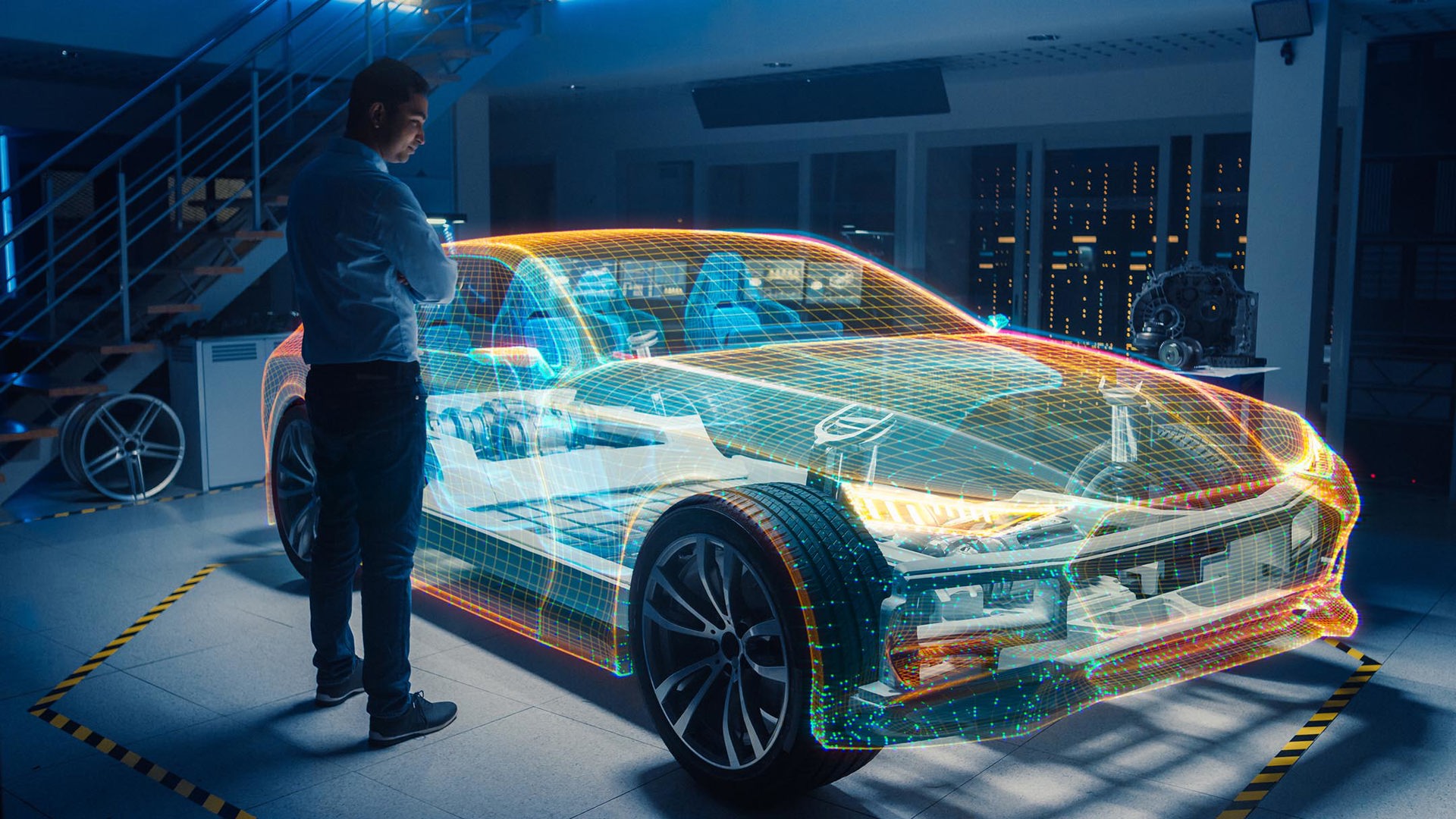Electric vehicles (EVs) are a reality on our roads, with automakers bringing out an ever-increasing number of them. There are a number of reasons to consider them, but there’s one we’re hearing quite a bit: that they don’t need any maintenance. That would certainly be a bonus, but unfortunately, it isn’t true.
The most common maintenance item on a conventional car is an oil change, and EVs obviously don’t have any engine oil in them. But they do share many other systems with conventional cars that do need maintenance, as well as some that are unique to EVs. Overall, an EV will generally require less maintenance, but you don’t get away with no maintenance. Just as with a gasoline vehicle, the owner’s manual will have a maintenance schedule that you need to follow.
Here are the facts about what to expect when maintaining an electric vehicle.
Brakes
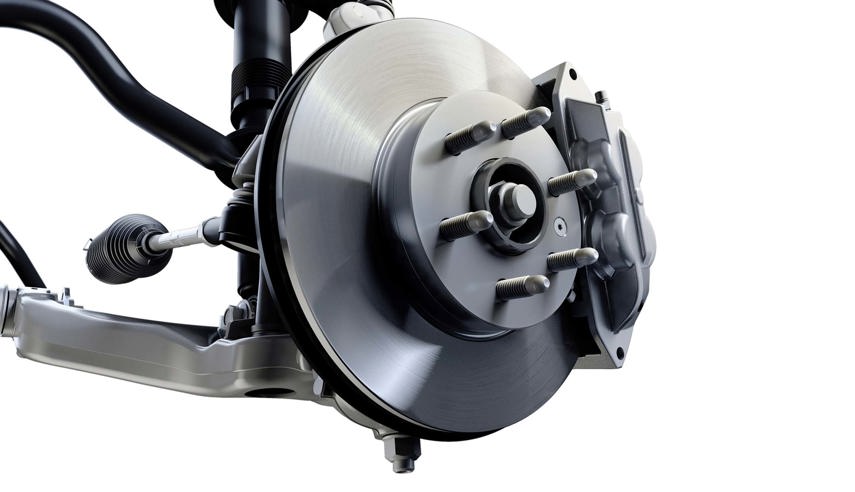
EVs use regenerative braking, which captures energy otherwise wasted during deceleration and converts it to electricity that is used to recharge the battery. This slows the vehicle down, and in many cases, can be set high enough to allow “one-pedal driving,” where you only need to use the throttle to accelerate, and the EV will coast to a stop when you take your foot off it. Some EV drivers rarely have to use the mechanical brakes.
That means your brake pads and rotors will likely last longer, but they still should be checked regularly. Since they aren’t used as often, the brake calipers should be serviced and their sliding pins lubricated so they don’t seize up. The hydraulic brake fluid should also be replaced according to the schedule, usually every three to four years.
Tires
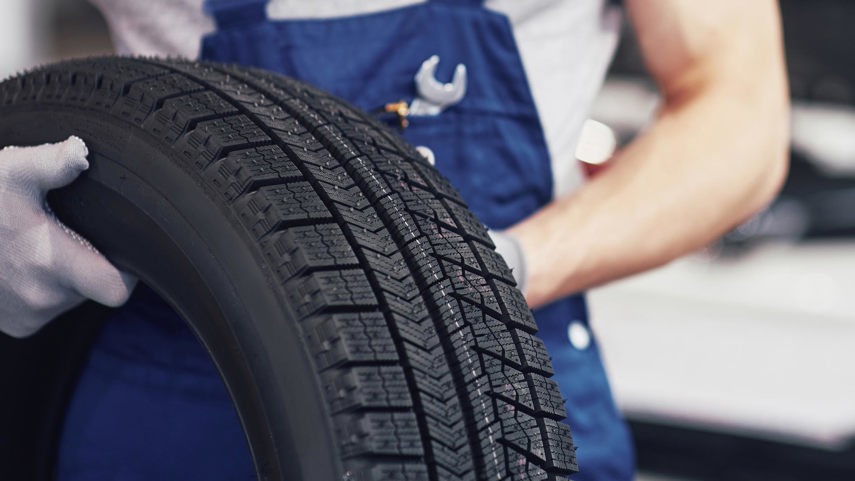
Every vehicle needs its tires checked periodically and replaced as necessary – including switching over to winter tires each year – but there’s more to consider with an EV. These vehicles weigh a lot and come with heavier-duty tires that can handle their weight. These tires also have low rolling resistance to increase range and efficiency, but at the same time, their tread is optimized for their quicker acceleration and the fact that their extra mass will increase braking distance.
The result is that a set of EV-specific tires is going to be more expensive, and if you try to “cheap out” by buying conventional tires, you can be putting your safety at risk.
Coolant
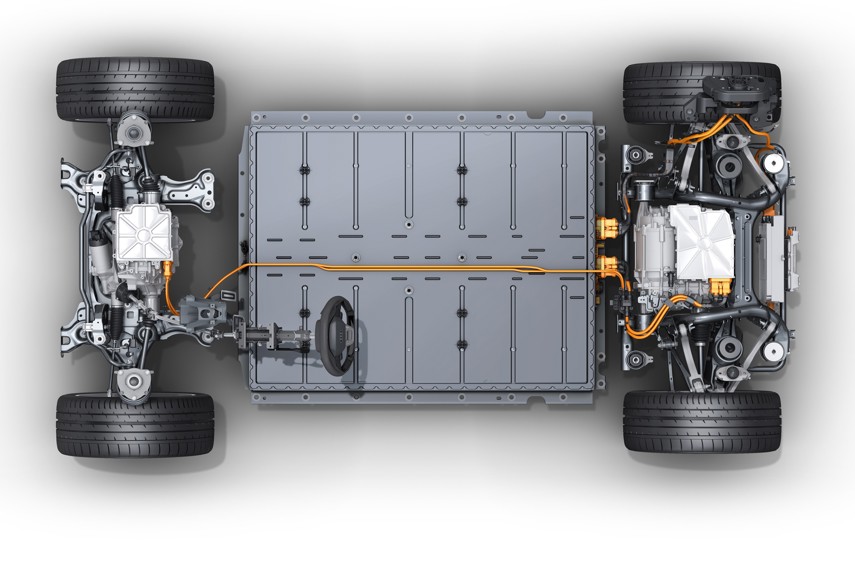
Most EVs use a liquid system to either cool or warm the battery as required. As with an engine coolant system, it contains a radiator and hoses. The system needs to be checked periodically for leaks and to be sure the coolant strength is adequate to prevent it from freezing. Eventually, the old coolant will need to be replaced as well.
Reduction Gear
Rather than a transmission, an EV uses a reduction gear to adapt the electric motor’s speed to that of the wheels. These contain gear fluid. The unit should be inspected regularly, and eventually, the fluid should be changed.
Suspension
The undercarriage corresponds to that of a gasoline vehicle and needs to be regularly inspected for wear or damage to components including the steering linkage, ball joints, tie-rod end, drive shafts, dust boots, and shocks and springs.
12-Volt Battery
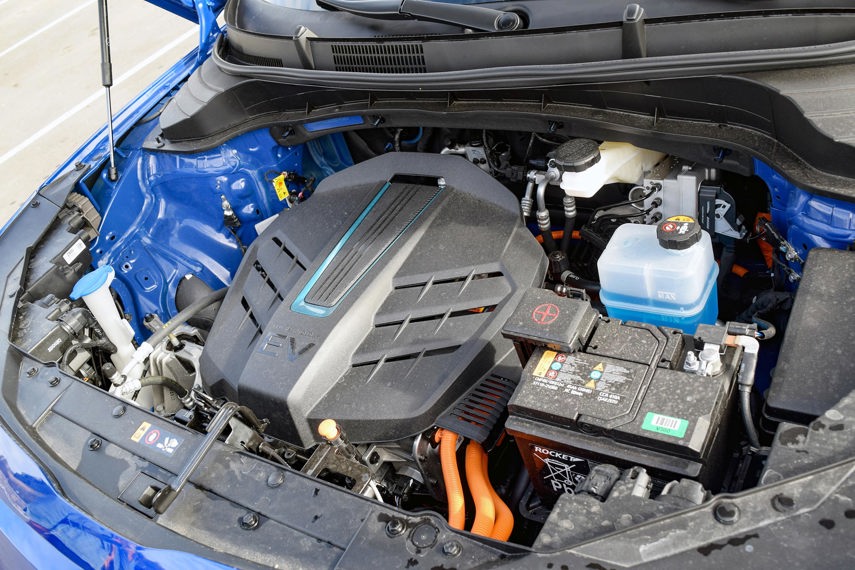
EVs are propelled by big battery packs, but you might be surprised to know that they also have 12-volt batteries just as gasoline-powered cars do. It’s also likely to be a regular lead-acid battery, although some automakers are now using lithium-ion ones, including Tesla.
The 12-volt battery powers the vehicle’s low-voltage electrical system. This operates such features that must work when the car is shut off, such as the keyless entry, anti-theft alarm, modem, and central computer. The battery also initially powers the electric motor on start-up. Yes, you may have to jump-start your EV with cables if this battery dies! As with a conventional car, the 12-volt battery should be periodically inspected and its terminals cleaned if necessary, and it will need replacing eventually. You can buy one from the local auto parts store, but the battery location may be difficult to access and you might need a professional to switch it.
Climate Control
Just as with a conventional vehicle, the air conditioning system should be checked periodically for any worn hoses and refrigerant leaks. The cabin air filter should be changed regularly, which you may be able to do yourself by following instructions in the owner’s manual.
Other Items
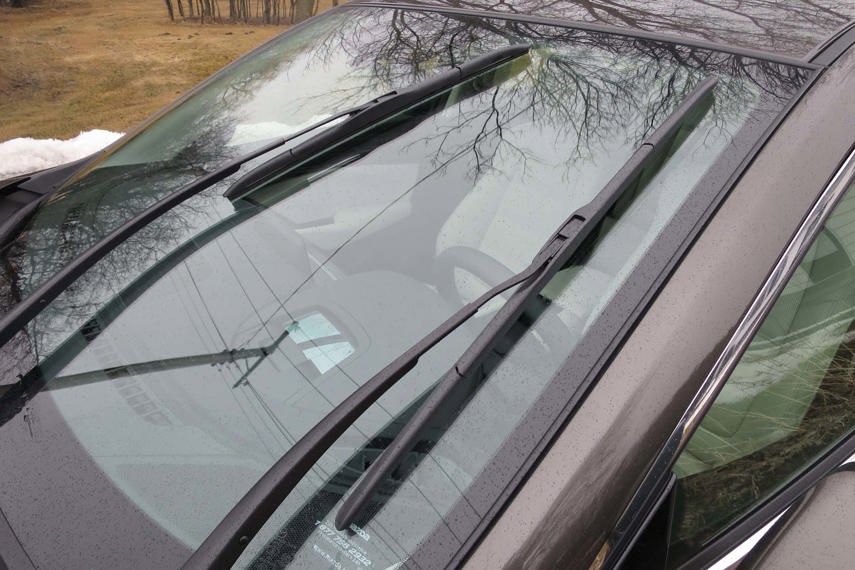
Just as with any other vehicle, you’ll have to replace wear items such as wiper blades, and, of course, fill the washer fluid reservoir. As your EV ages, the body and frame should be checked for rust, especially if you’re in an area that uses road salt.
The Bottom Line
We’re not trying to steer you away from an EV – they’re a great choice for many drivers. But you will have to schedule inspections, especially for items that you likely didn’t consider because they were done as part of your conventional vehicle’s oil change. You’ll also have to budget for tires that may be much pricier than you’ve bought before. EVs don’t require as much maintenance as gasoline vehicles, and many of their service intervals are much longer, but don’t believe the myth that they’re entirely maintenance-free. They still need care to keep them going for as long as possible.
